When we think of the invention of motion pictures, most minds jump to Thomas Edison or the Lumière brothers. Their names are etched into the history of film. But long before Edison’s cameras began rolling, a lesser-known figure Louis Le Prince had already captured moving images on film. And just as he was preparing to showcase his groundbreaking invention, he vanished without a trace.
His name rarely appears in textbooks, yet Le Prince may have been the true father of motion pictures. His work predated the more famous inventors, and his disappearance left behind not just questions, but a ghostly relic of what might have been the world’s very first movie: The Roundhay Garden Scene.
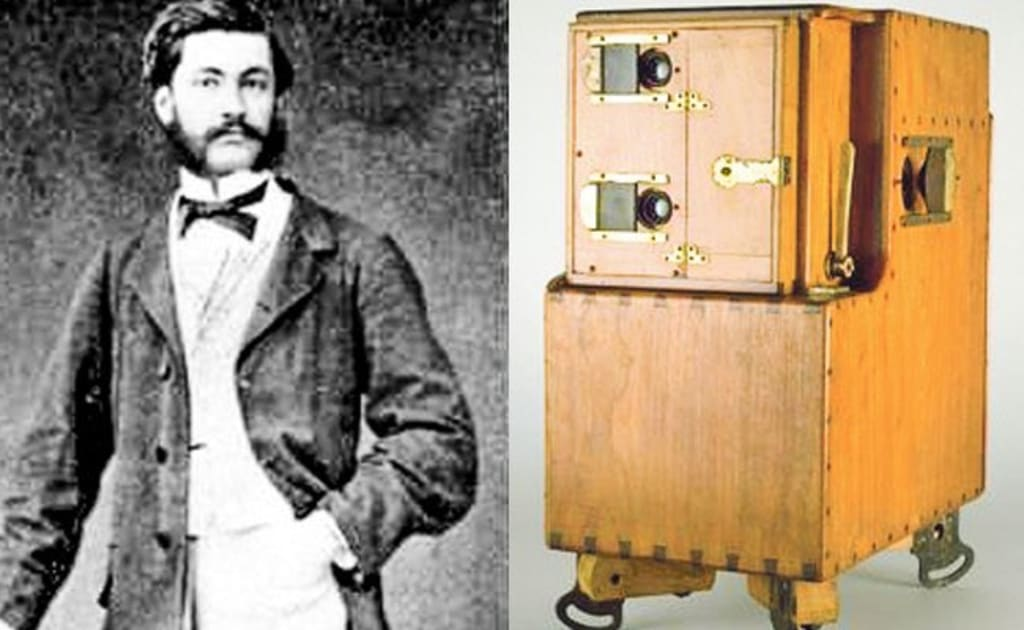
A Visionary in Leeds
Born in Metz, France, in 1841, Louis Aimé Augustin Le Prince was an engineer and artist with a deep interest in photography and mechanics. After studying in Paris and Leipzig, he moved to England and later to the United States, where he focused on developing a machine capable of capturing moving images a dream shared by many inventors of the era.
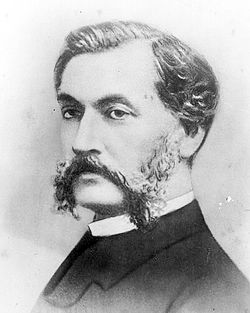
In 1888, in the city of Leeds, England, Le Prince successfully filmed a short sequence now known as the Roundhay Garden Scene. The film is only about 2.1 seconds long and shows four people including Le Prince’s son and in-laws walking in a garden. It may not seem groundbreaking by today’s standards, but at the time, it was nothing short of revolutionary.
Le Prince had built a single-lens camera and managed to record a real-life scene frame by frame onto a strip of film years before Edison and the Lumières ever did. He was ready to bring his invention to the world.
Video:
The Historic Disappearance of Louis Le Prince
A Disappearance Without a Trace
In September 1890, just days before he was scheduled to travel to the United States to demonstrate his invention publicly, Le Prince boarded a train in Dijon, France, headed for Paris. But he never arrived.
There was no sign of a struggle, no body, no luggage, and no clue as to what had happened. Louis Le Prince had simply disappeared, and with him, his chance to change the history of cinema forever.
To this day, his vanishing remains one of the most puzzling unsolved mysteries in technological history. Speculation has ranged from suicide to assassination to an accidental death covered up. Some have even suggested industrial sabotage. But none of the theories have ever been proven.
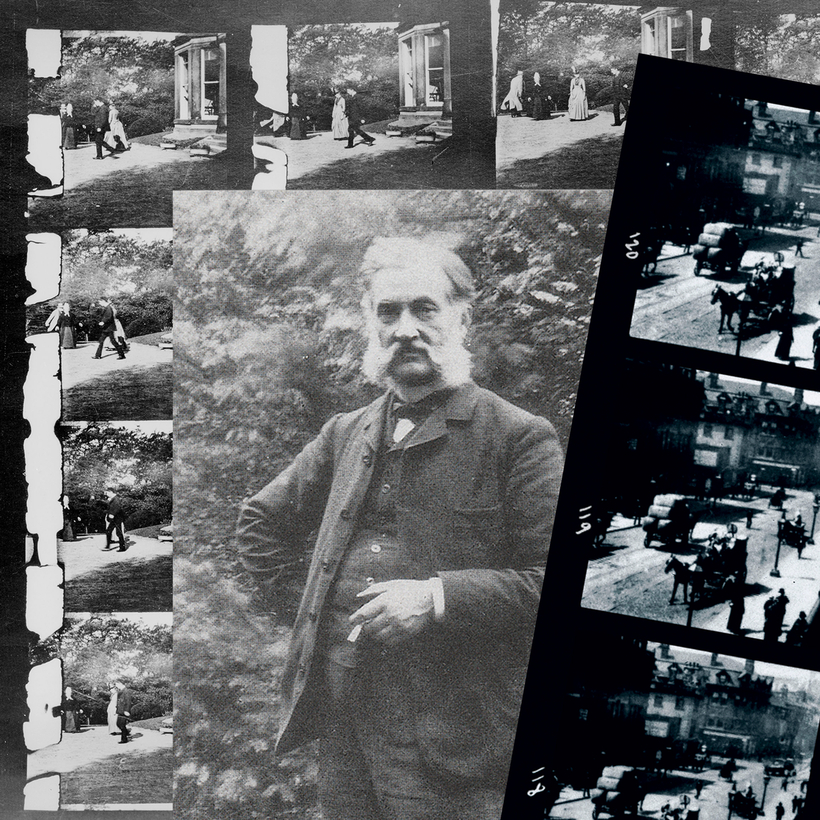
A Widow’s Fight for Recognition
After his disappearance, Le Prince’s widow, Elizabeth, took up the torch. She was determined to prove that her husband had invented the motion picture before anyone else. In 1898, she presented his work during a court battle between Thomas Edison and rivals disputing Edison’s claim to the invention of motion pictures.
Elizabeth argued that her husband’s camera and films came years before Edison’s Kinetoscope. She even presented documentation and surviving film reels. However, Edison ultimately won the legal battle, and Le Prince was once again pushed into the shadows of history.
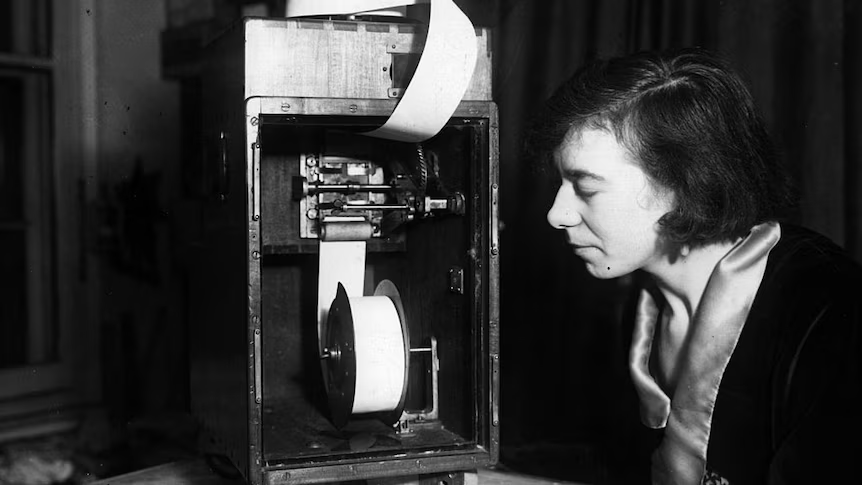
The Garden Scene: A Haunting Glimpse Into the Past
Despite the legal setbacks and years of neglect, Le Prince’s legacy wasn’t entirely lost. The Roundhay Garden Scene, though brief and blurry, has been preserved and recognized by film historians as the earliest surviving motion picture.
Watching the grainy clip today is like peering through a time portal. The laughter, the movement, the wind in the leaves it’s all captured in a fleeting moment. It’s more than just a film; it’s a silent witness to a moment that could have rewritten the history of cinema.
Video:
The Unsolved Disappearance Of Louis Le Prince | The ACTUAL Inventor of Film
Legacy and Recognition
In recent years, Le Prince has begun to receive the recognition he long deserved. Documentaries, books, and scholarly works have shed light on his contributions, and his films have been preserved in archives. Though his name is still not as widely known as Edison’s or the Lumière brothers’, there is growing appreciation for the fact that he may have truly been the first filmmaker.
His story is a powerful reminder that history isn’t always written by those who were first it’s often written by those who were loudest or most visible. Le Prince was a man ahead of his time, whose work laid the foundation for a global art form but who disappeared before he could take the stage.
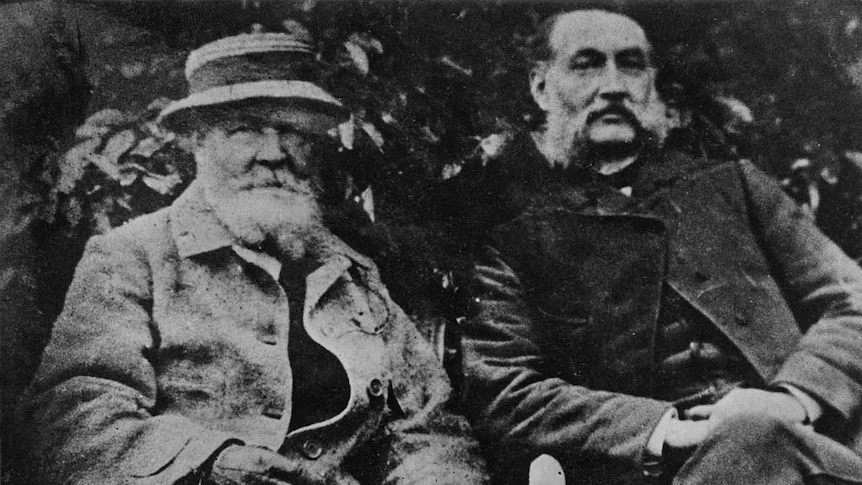
Conclusion: Restoring a Legacy
Louis Le Prince should be remembered not as a footnote but as a pioneer a man whose camera captured movement before anyone else. His invention was real, his vision was clear, and his disappearance only adds to the intrigue of a story that’s as cinematic as the medium he helped create.
Before Edison. Before the Lumières. There was Le Prince. And though he vanished from the world, his invention lives on in every frame of film we watch today.


